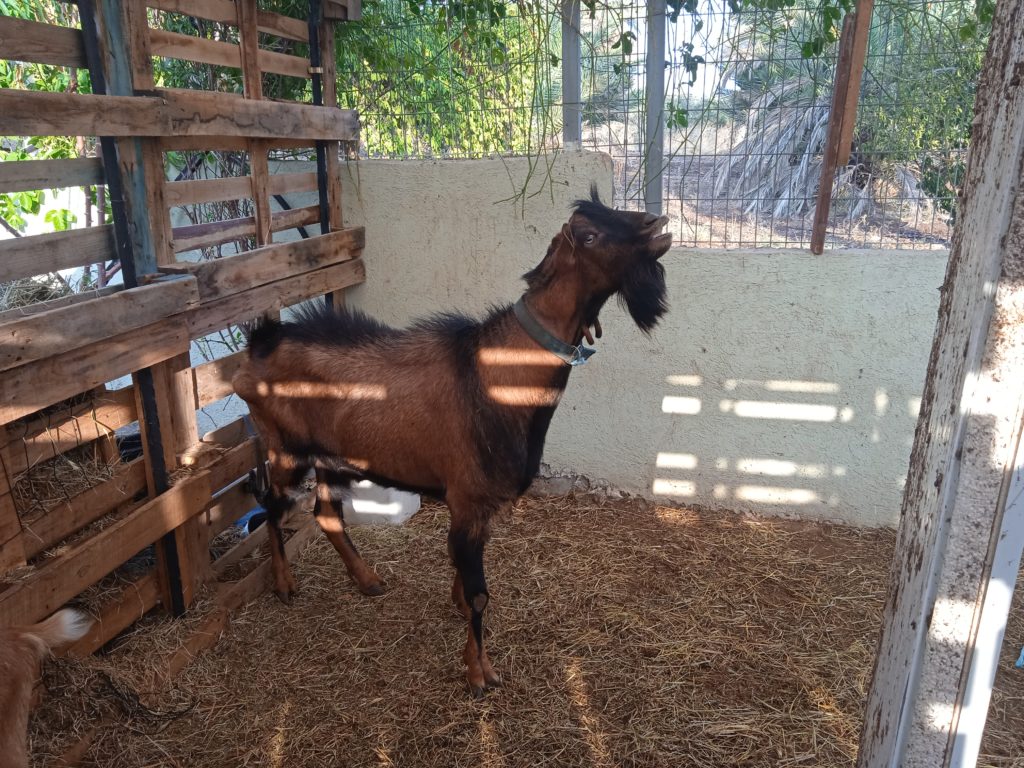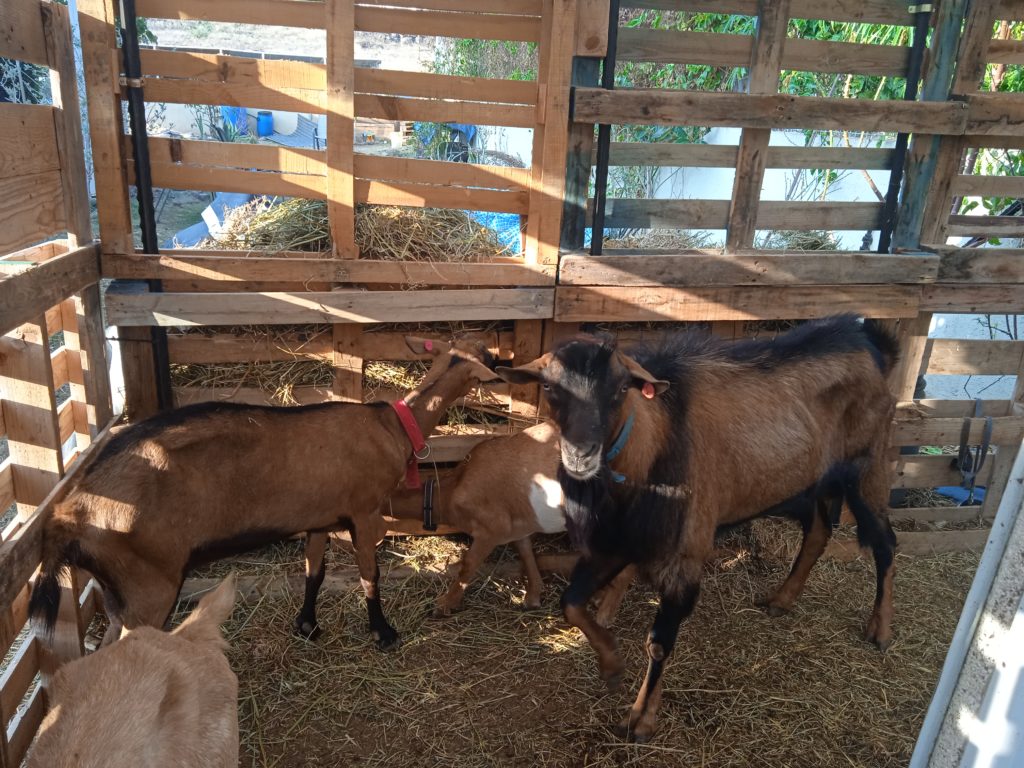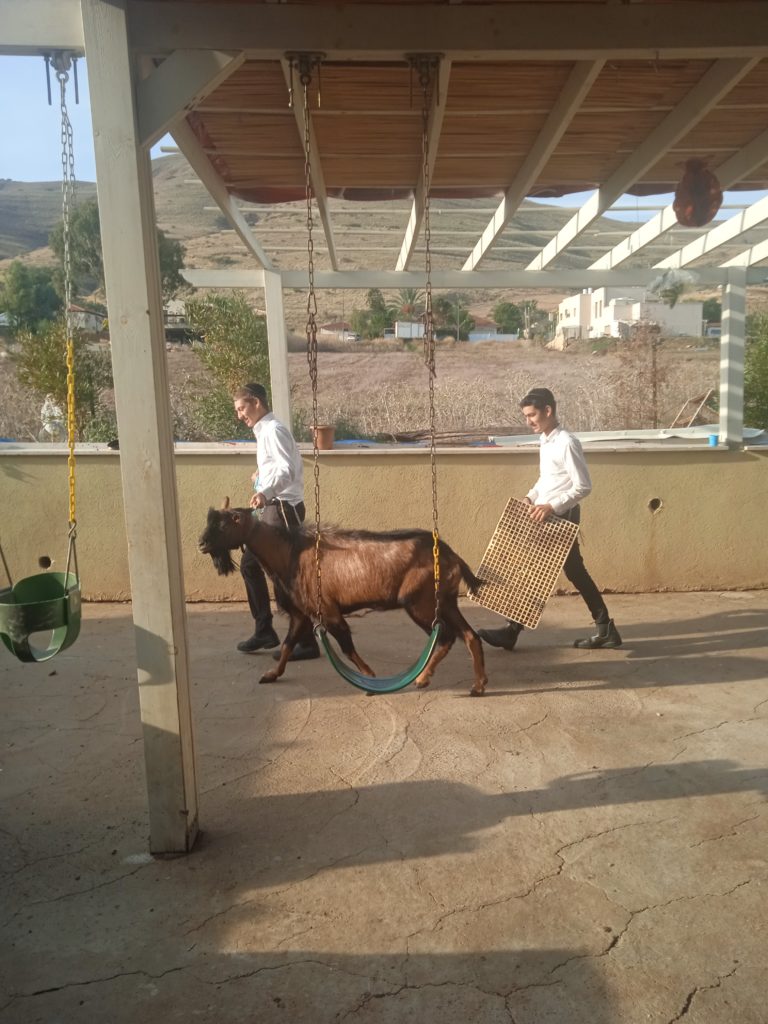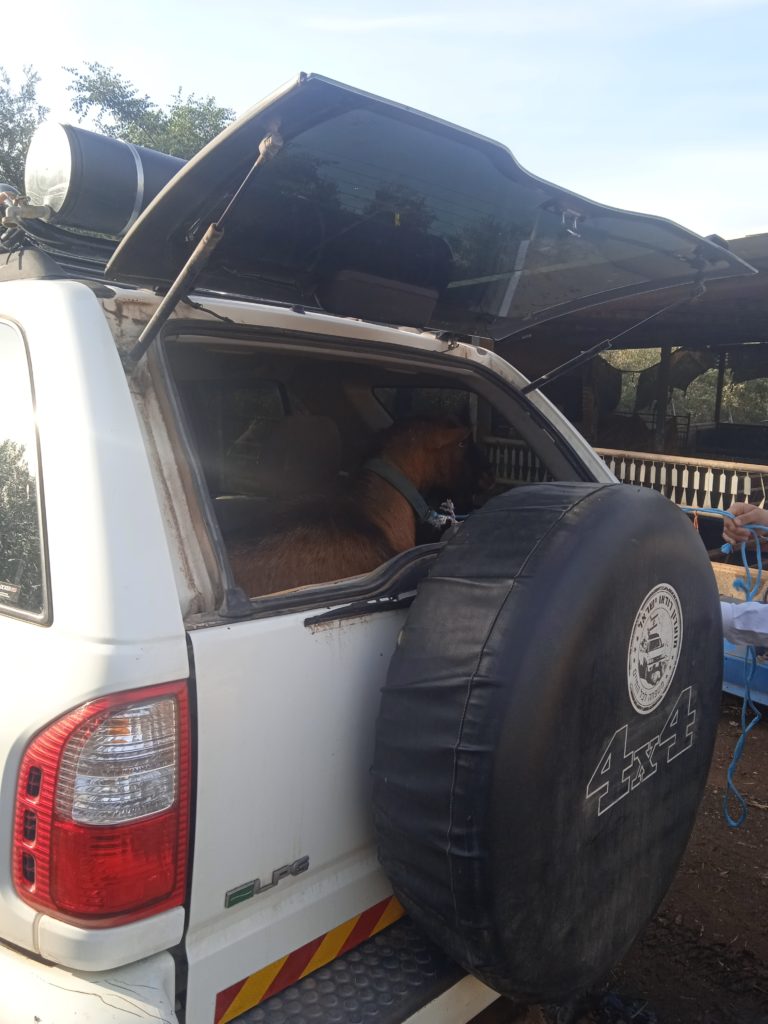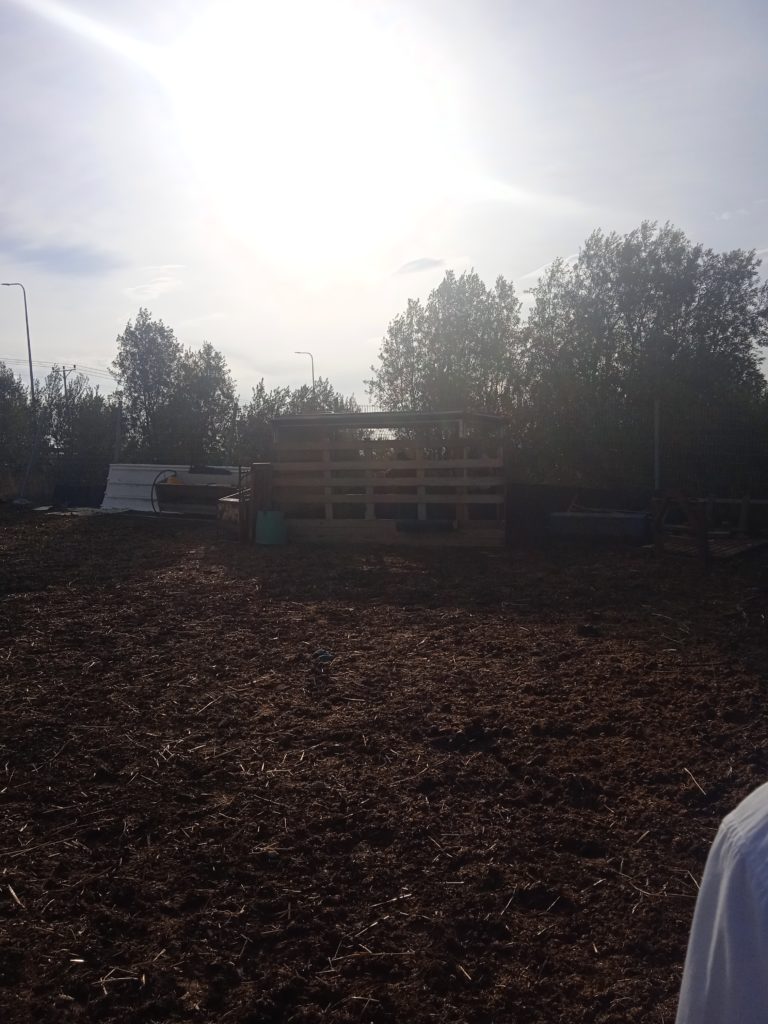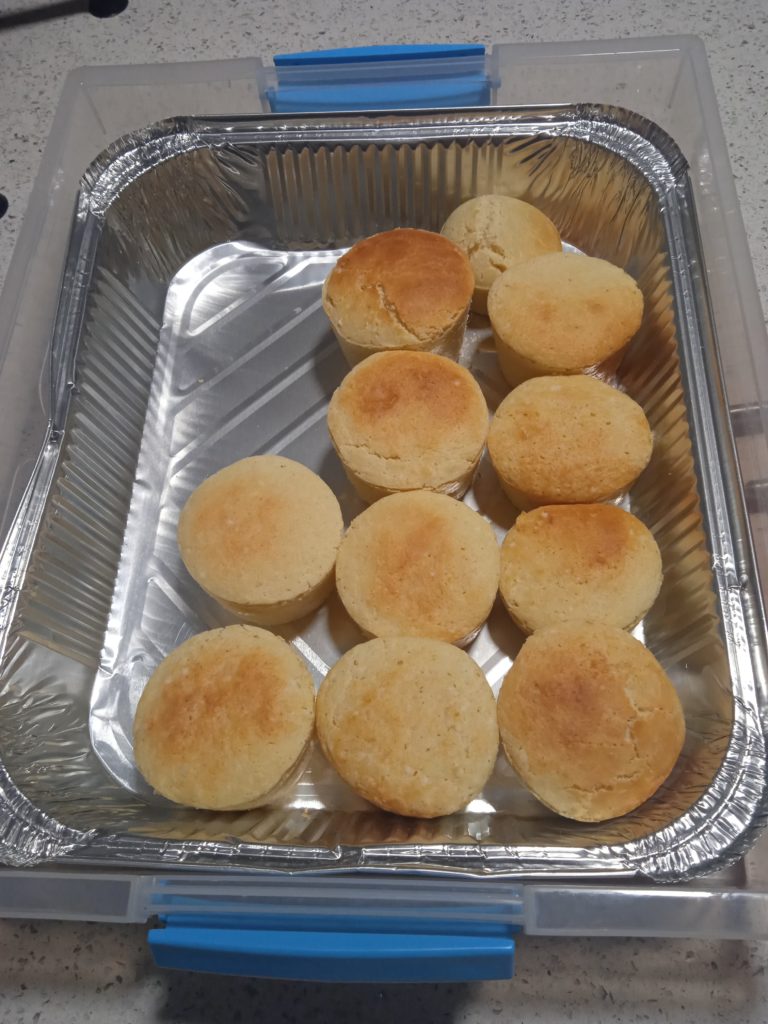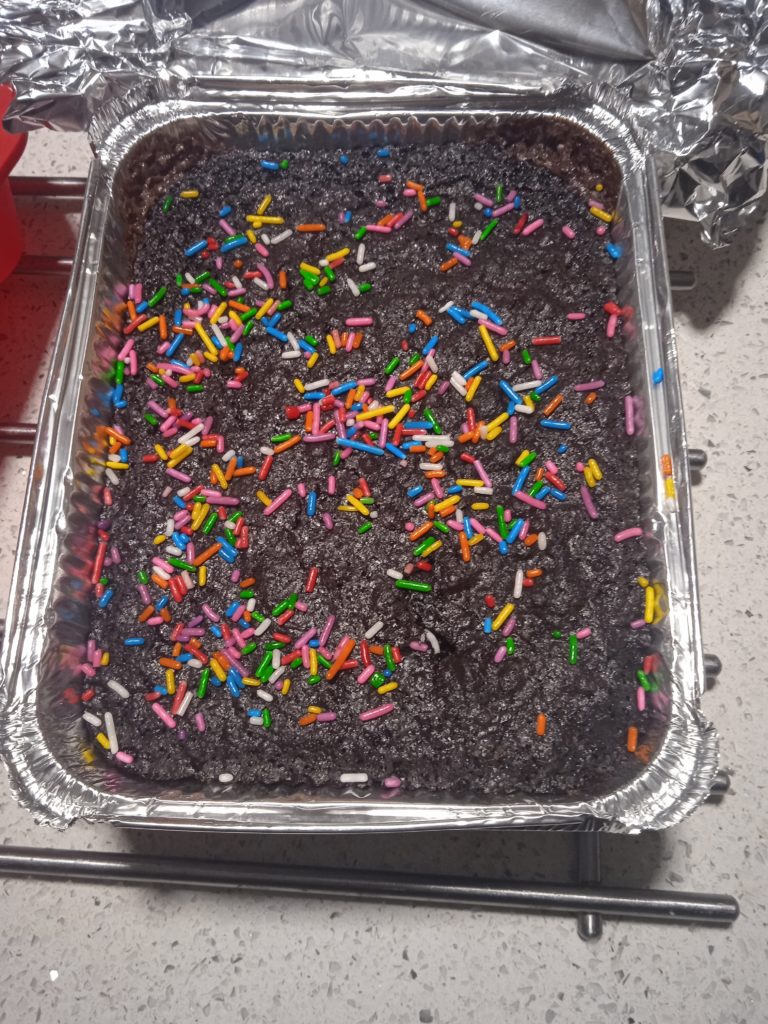Last week we were busy getting our yard ready for the rain, which turned into a race against the weather!
I’m so glad we enlarged our goat pen before the holidays, because there was so much to do to get things in the yard waterproofed before the first rain of the year (for about seven consecutive months a year we don’t get rain here in Israel). First and most important was the goat pen: the boys built a roof frame, then lined it with what they were told was a waterproof tarp.
We were rushing to get the hay covered as the rain began. It quickly turned into a downpour, and we were relieved to have finished the goat pen roof in time…until it became clear that the waterproof tarps we used weren’t waterproof after all, when we saw the water was dripping through onto our unhappy goats.
Talk about finding alternative solutions quickly! I suggested grabbing the large blue foam mats that we used under the pool and stapling them up; they did that in the pouring rain and then we all ran for cover.
They took the entire roof off to redo it on a sunny day, but it began raining before it was put back on. They once again ran to get it over the goats, but the pen had gotten soaked and the next day I and one of the boys had to completely clean everything out.
Until now, I’ve been cleaning out the dirty hay by shoveling it into a thirty liter barrel, then carrying to the chicken run and dumping it in. I do a load every two or three days. The chickens love picking out any insect larvae and with their constant scratching and pecking, break down the hay and in essence, compost it. My plan has been to eventually pull all that composted hay out of their coop to use on the garden beds.
With the sudden huge pile of wet hay, it was too much work to take it all to the chicken coop, so I changed direction and after shoveling it all onto the garden beds, suggested to my son he let the chickens out into the yard to work the hay. They’ve been loving free-ranging again, and we’re enjoying our ‘chicken tv’ again, as we sit in the yard watching their antics.
Speaking of the chickens, we need to cover more of their coop area with a waterproof material as well. Since part of their coop is rain-proof, we put our focus on getting the rabbits and goats waterproofed. Then after the downpour I noticed some of them were wet; I suppose they didn’t want to limit themselves to staying in the dry area. So this week my son will extend that for them.
**********************
Today my plans include making a huge pot of compote, then canning it all up so we can enjoy it in the winter.
I’ve done all my winter clothes shopping for the boys, but I still need to organize it all. We’re at the stage of the days being hot but the mornings being cold enough for winter wear. So in the next couple of days I hope to finish getting all the clothes sorted.
Also in the next couple of days I need to figure out how to transport a buck to our home for breeding. I’ve been pushing this off until the pen was enlarged and then rainproofed; now I need to get this done or risk missing the breeding season. (Goats need to be bred to continue to produce milk.) I think we’ll keep him here for a few weeks, and will see how that affects what has been a smooth running daily routine with our three females. Male goats have a reputation for not being fun to have around and their presence supposedly makes the milk taste more ‘goaty’.
When I ordered two bales of hay, it was with the thought it would get me through until the next hay season. Then we got a third goat (it was going to be for my daughter and then ended up a better fit for us), and now with the male goat…we’re going to be needing much more hay than I initially planned for! In a non-shmita year, I would order a bale at a time, but now even though I have a lot left, I need to order more this week while the hay farmer still has non-shmita bales (from the year before last) available.
**********************
When I bought barrels for animal feed from a private seller a few months ago, he offered me a couple of rusty hoes for free (just the head, no handles). Seeing they were heavy duty metal, I accepted them, figuring we could sand them down and get new handles for them. I’ve been very disappointed with how poor the quality of new garden tools are – almost every rake and shovel I’ve bought has broken after less than a year of use. Not heavy duty use, either. The first shovel that I bought seven or eight years ago is still going strong, though, even though it’s seen much more use than all of the new implements put together.
I haven’t gotten to sanding them down these rusty hoes yet (and it’s not on my list of immediate projects to do since they’re usable without sanding) but we did get new handles that fit perfectly at the hardware store. Additionally, I’ve bought a couple new shovels and two hand trowels. The trowels look like excellent quality and if I can keep track of them and not lose them (I tend to put them down and then forget where I put them…) they should last a long time.
After a year of not touching the garden because of shmitta, there has been a lot of work to do – weeding, trimming, pruning. I’ve gotten a lot of garden clean-up done in the last couple of weeks. This week I’d like to get some seeds into the ground and will see if I can get a crop before it gets cold. The vegetables I’m thinking about traditionally are planted in the spring so I don’t know if planting now is being smart by optimizing the planting season or being overly optimistic. We have a warm climate and sometimes even in January it’s warm so it theoretically could work; all I have to lose is some seeds and some time, so I’m willing to experiment.
************************
There’s lots more to do this week, but these are my ‘discretionary’ projects. I’m conscious of how much these activities add to my day, but I do them to the degree that it works for me, and it’s a nice feeling to be purposefully busy.
Avivah

